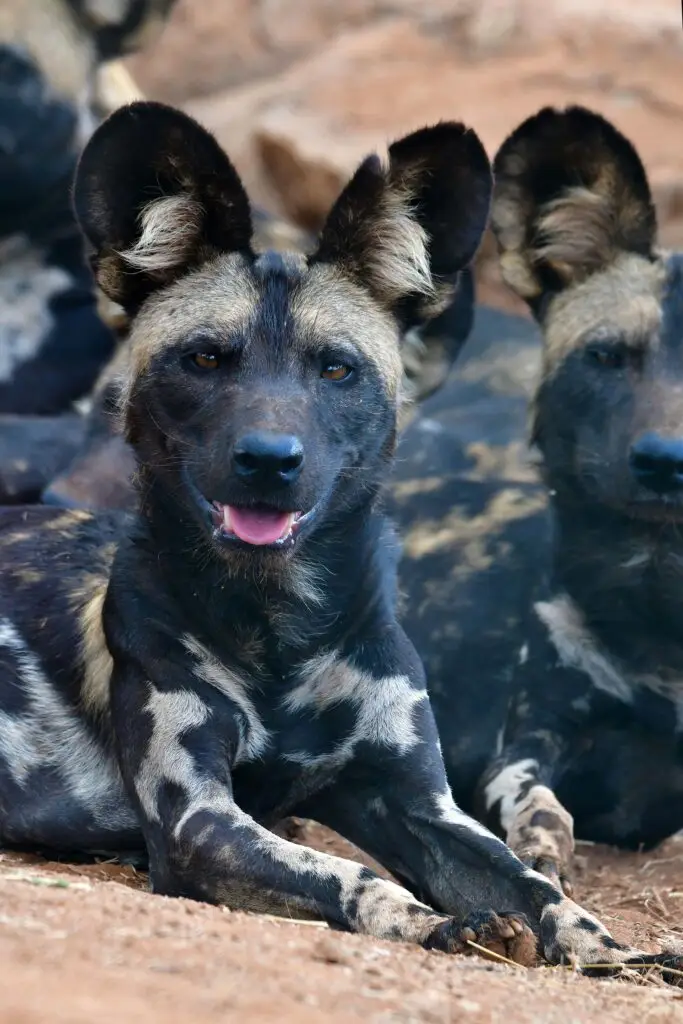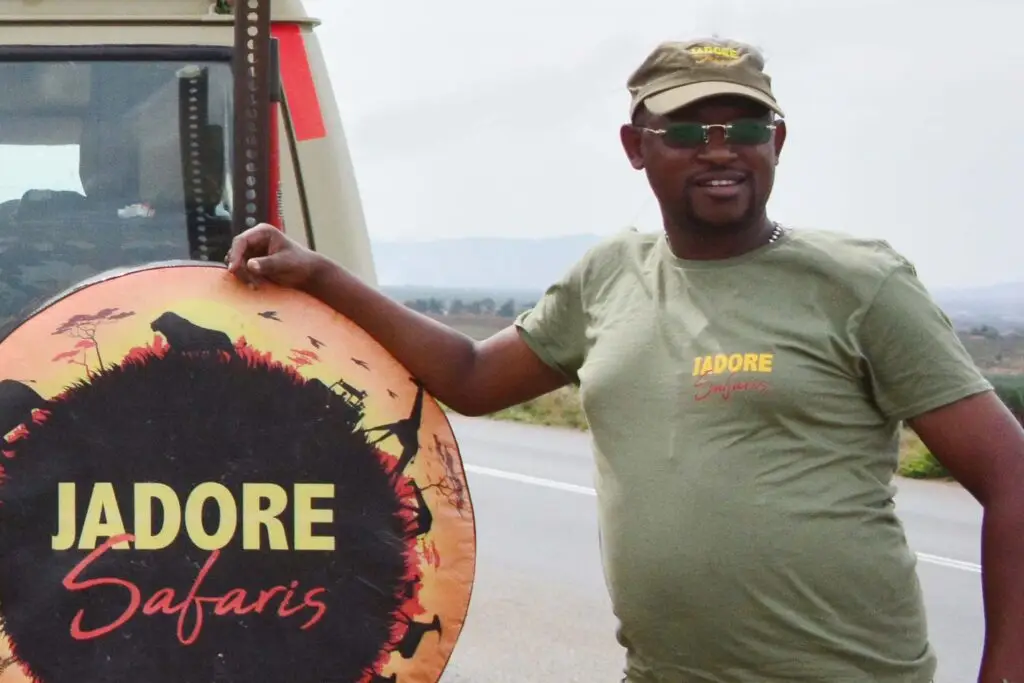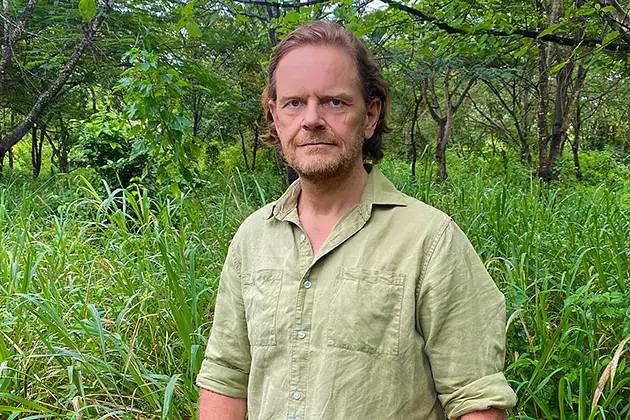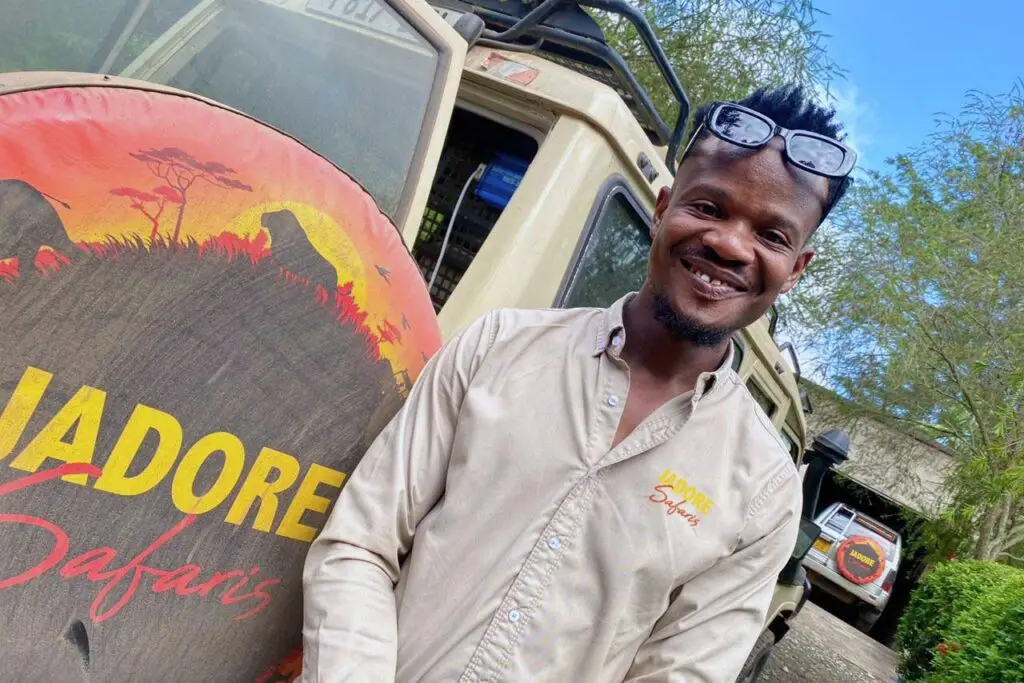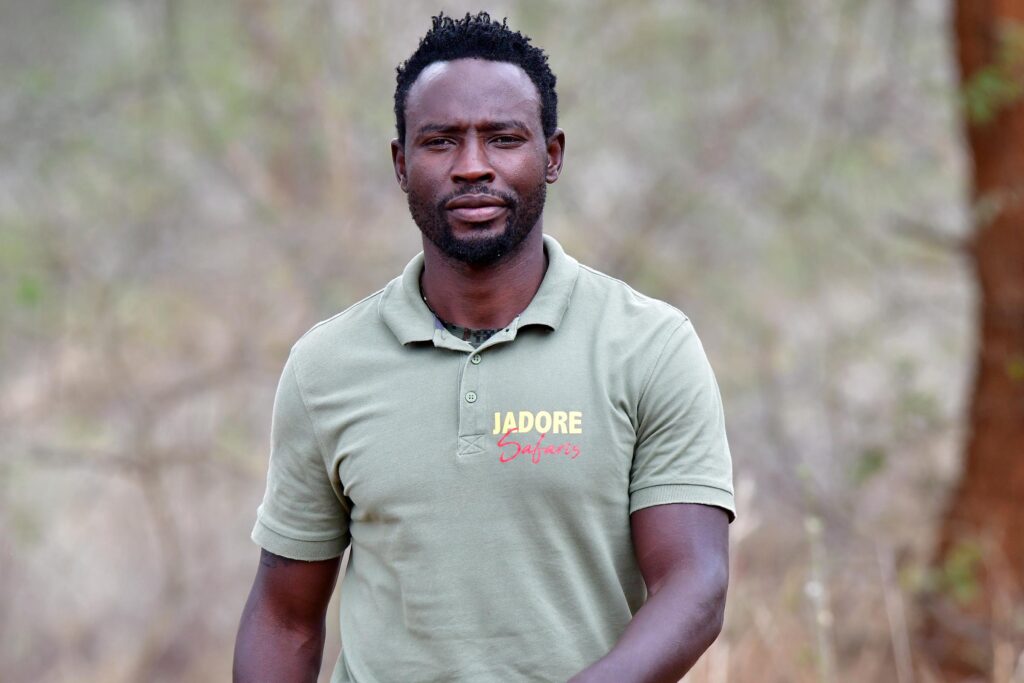We fully understand the challenge of navigating through an abundance of safari information and making difficult choices!
No one wants to miss a unique opportunity to experience what interests them most.
East Africa is known as one of the most popular destinations on the entire continent for a reason.
With Africa’s highest mountain, beautiful white sand beaches, unforgettable chimp treks, and the chance to see the Big Five on safari, there are countless unique experiences available. But when is really the best time to go and discover what you would most like to see?
Let us help you with that by going through the months and seeing what a year in Tanzania looks like….
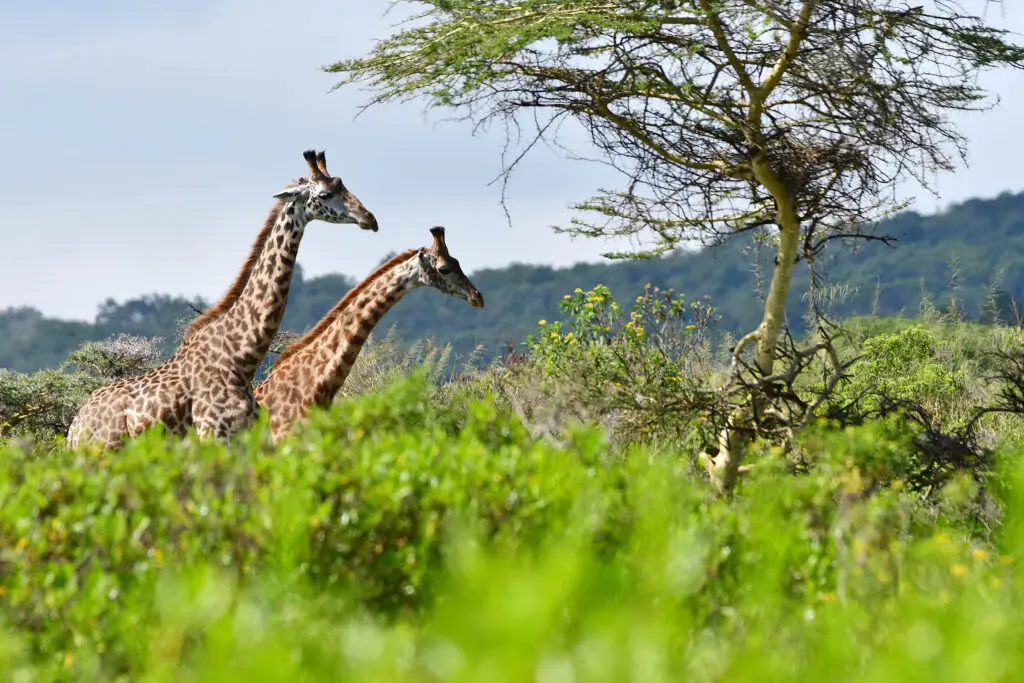
In January, an impressive number of wildebeest gather in the Ndutu area of Southern Serengeti, where up to 8,000 calves are born each day. The males protect the herd from scavengers by circling the females. It is currently hot and dry throughout Tanzania, perfect for a safari, hiking or soaking up the sun on the white sandy beaches around Dar es Salaam or Zanzibar. For snorkeling and diving enthusiasts, this is also the season to spot whale sharks at
Mafia Island
, south of Zanzibar. Frankly, this is our favorite period. This is also an excellent time to climb Kilimanjaro, with warmth at the base of the mountain and comfortable nights at the summit.
If you decide to head to the beach in February, don’t miss the Sauti za Busara music festival on Zanzibar, where you can enjoy Tanzanian pop and hip-hop. Or if you’re looking for something more adventurous, you can participate in the Kilimanjaro Marathon in and around Moshi.
The heat continues into February, with occasional cooling showers that green the landscape and grow new grass, which is especially important for the animals in Southern Serengeti during calving season. This season still attracts many predators.
In March, the wildebeest remain in the southern Serengeti. Calving continues throughout the month, which is an important time for young animals to eat, grow and get ready for migration.
Frequent rains during these months create lush green landscapes and muddy roads. This is the low season, which means you can now take advantage of significant discounts at some lodges and camps, up to 15%.
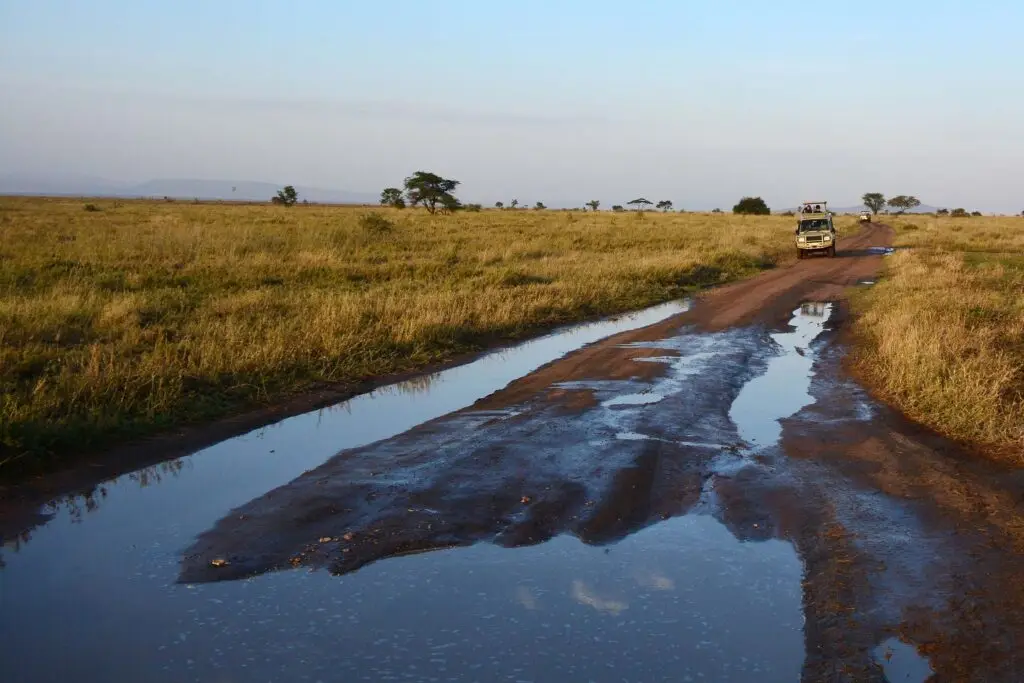
You can still expect some rain in May, especially toward the East and Zanzibar. However, this “green season” is much quieter for going on safari. Despite the chance of precipitation, it is an excellent time to spot many birds, as some migrating birds are still present.
By June, the rainy season is officially over. The air is cooler and fresher now, and the land is slowly beginning to dry up.
The wildebeest migration continues north through the Serengeti in search of food and water. During this period you will see more and more safari jeeps appearing in the park. Most camps and lodges are filling up, and as of now you can also expect higher prices due to increasing demand.
In July, the dry season officially began. The weather is cool and dry, with the sun shining brightly. Large numbers of wildebeest, antelope and zebra gather around the dwindling water sources, making it easy to spot them in one spot. Some herds of wildebeest migrate north toward the Maasai Mara in Kenya. While others remain in Tanzania and move back and forth. Water can still be found in Tarangire National Park, southeast of Lake Manyara, making it one of the last places where animals can hydrate themselves.
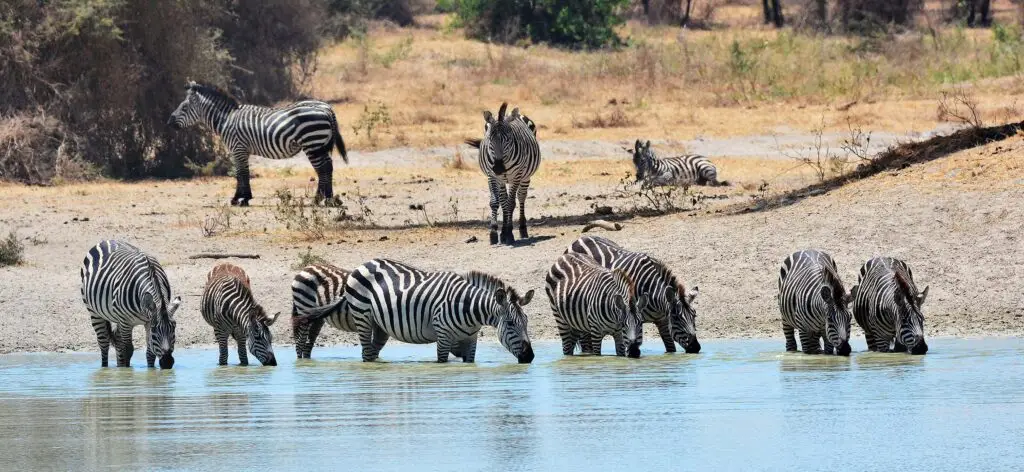
In August, the coastal waters are very clear, perfect for snorkeling and diving on the east coast and nearby islands. This is Zanzibar’s peak season, so prices are slightly higher. It is also ideal for spotting flamingos at Lake Natron, where they arrive in large swarms for food and shelter. Dry weather remains the norm, causing the wildebeest to migrate north and across the challenging Mara River into Kenya.
Mara River crossings continue in September, a prime opportunity to see “the greatest show on earth.” Large numbers of wildebeest, antelope and zebra gather along the banks, surrounded by predators.
October marks the end of Tanzania’s peak tourist season, but it remains ideal for trekking and wildlife safaris without the summer crowds. The Great Wildebeest Migration remains a highlight, with nearly two million animals seeking food and water.
November brings a short rainy season to Tanzania, favorable for birds coming from the north for greenery and water.
December is a favorite vacation month because of the dry weather, perfect for spotting wildebeest in the southern Serengeti during the upcoming calving season.
Find out what you really want to experience during your safari or activity.
Ff it is animals, landscapes or unique moments. Weather, the Great Migration, availability of water sources and grasslands all play a crucial role. This interaction transforms the landscape and affects your sightseeing experience and safari travel in multiple ways.
This overview outlines what to expect in terms of weather and wildlife in Tanzania during the different months and seasons. Although the peak tourist season is traditionally from July to October, the best time to travel depends on your specific interests. We find the turn of the year particularly special, especially with the migration in the East and South of the Serengeti, where many young animals can be seen. East Africa is tropical but has strong climate variations by region and altitude.
